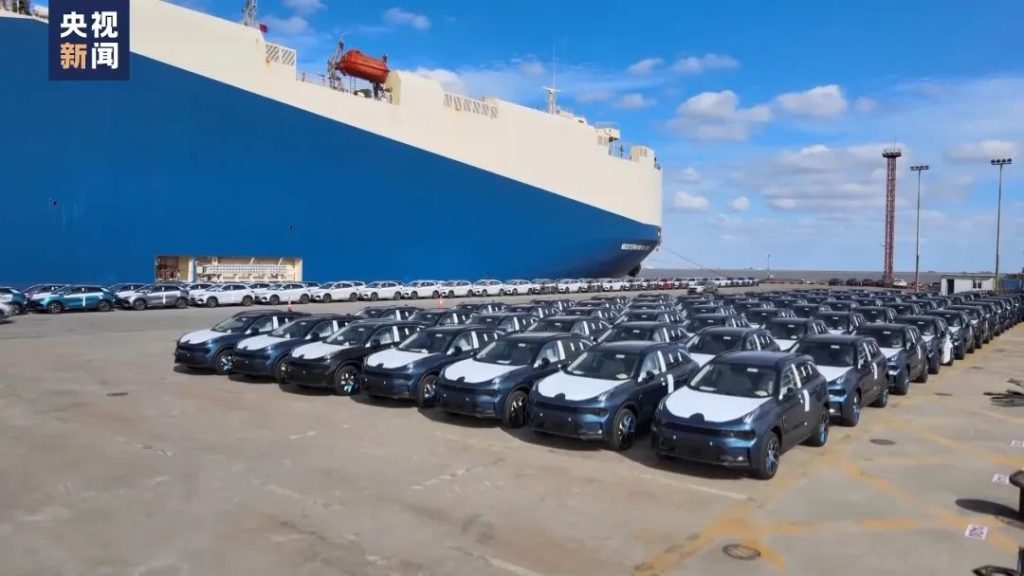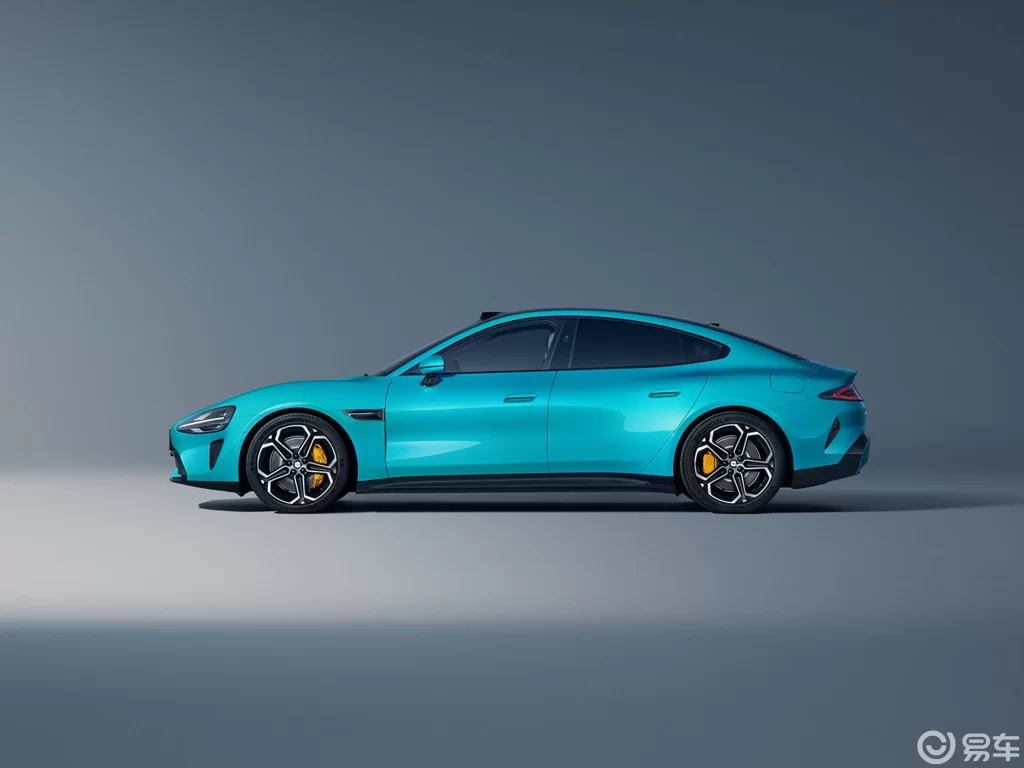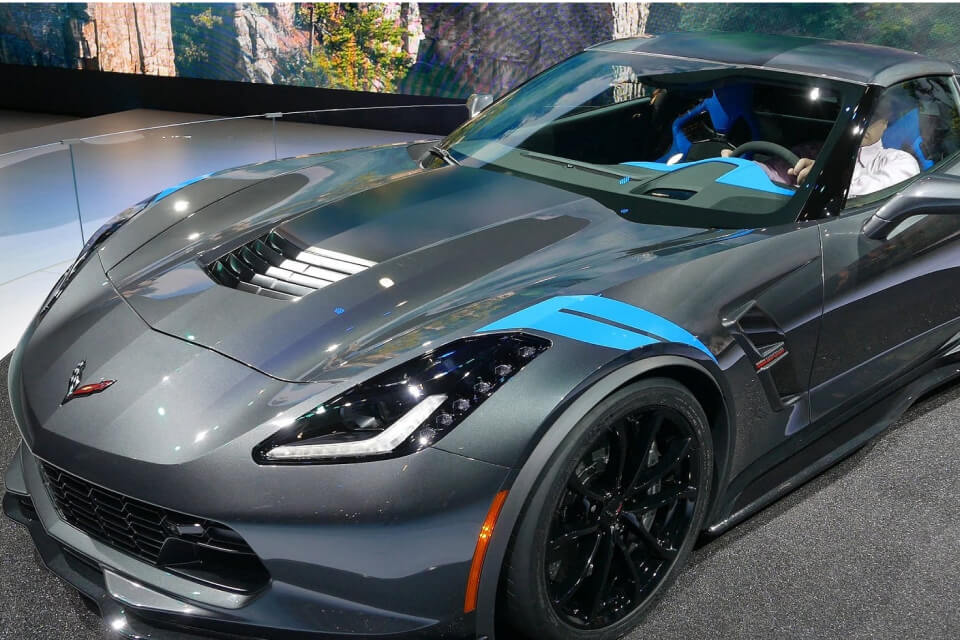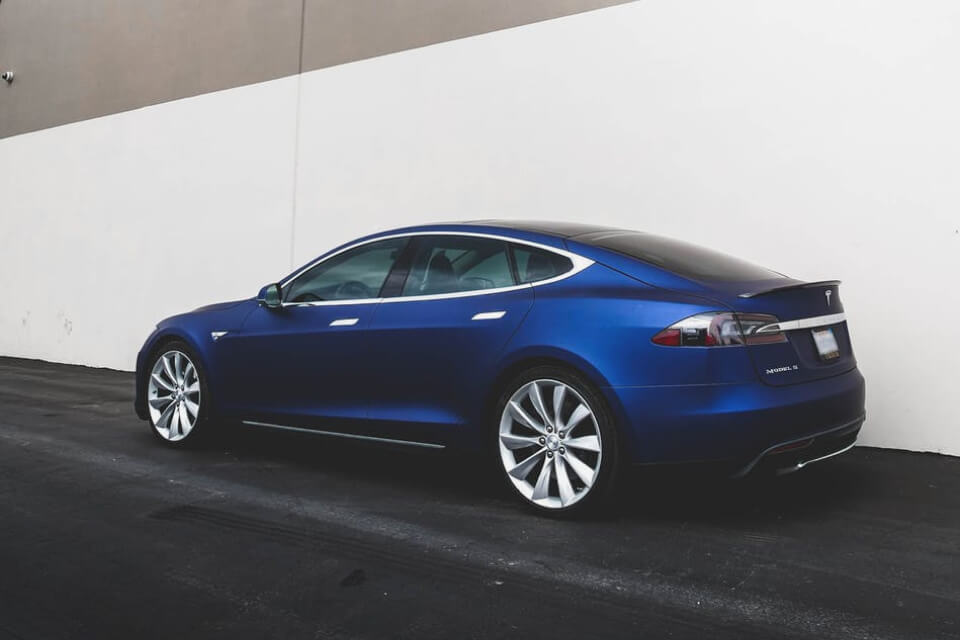“Buying fuel vehicles has officially become a minority!” The China Automobile Dealers Association has a branch for the Passenger Car Market. It recently released new data. In the first half of April, China’s new energy vehicle wholesale and retail penetration rates both topped 50%.

Specifically, from April 1st to 14th, the national retail sales of new energy passenger vehicles accounted for 50.39%. The national passenger car manufacturers wholesaled 268,000 new energy vehicles. This was a 43% increase from the previous year. The wholesale proportion of new energy passenger vehicles 50.19%. At the same time, my country’s car market had a good start. It saw 4.829 million passenger cars sold in the first quarter, a 13.1% increase from last year. Of these, 1.769 million were new energy vehicles, a 34.3% increase.
“This is a historic moment that exceeds many companies’ expectations for the industry.” At the auto industry summit on April 23, Kuaishou, Xiao Zhengsan, a vice president of the China Automobile Dealers Association, said that there is still a way to go. He said it will be until new energy vehicles are over 50% of sales each year. But, this is not a new start.

The new stage also means unprecedented challenges. “The most obvious feeling in the domestic market in the past two years is that it is ‘volume’.” Xiao Zhengsan said frankly that a large number of new cars have been launched, but the number of models that actually sell is not many. Even if there is sales, it is obtained by exchanging price for volume. The sales volume achieved without giving up profits, and some brands even lose more the more they sell. The fierce competition in the “price war” makes both OEMs and dealers grit their teeth and persist.
“In the second quarter of this year alone, we counted a total of 168 new cars on the market. ‘Breaking the circle’ has become the mantra of everyone in the industry, but how to ‘break the circle’? It is extremely difficult to overcome.” Wang Qiufeng is head of Kuaishou Automobile Business Center. He said, “The essence of Internet marketing is that traffic is king. Grab traffic, and you grab users.” “Under the great changes, the key “Buying fuel vehicles has officially become a minority!” The China Automobile Dealers Association has a branch for the Passenger Car Market. It recently released new data. In the first half of April, China’s new energy vehicle wholesale and retail penetration rates both topped 50%.
Specifically, from April 1st to 14th, the national retail sales of new energy passenger vehicles accounted for 50.39%. The national passenger car manufacturers wholesaled 268,000 new energy vehicles. This was a 43% increase from the previous year. The wholesale proportion of new energy passenger vehicles 50.19%. At the same time, my country’s car market had a good start. It saw 4.829 million passenger cars sold in the first quarter, a 13.1% increase from last year. Of these, 1.769 million were new energy vehicles, a 34.3% increase.
“This is a historic moment that exceeds many companies’ expectations for the industry.” At the auto industry summit on April 23, Kuaishou, Xiao Zhengsan, a vice president of the China Automobile Dealers Association, said that there is still a way to go. He said it will be until new energy vehicles are over 50% of sales each year. But, this is not a new start.
The new stage also means unprecedented challenges. “The most obvious feeling in the domestic market in the past two years is that it is ‘volume’.” Xiao Zhengsan said frankly that a large number of new cars have been launched, but the number of models that actually sell is not many. Even if there is sales, it is obtained by exchanging price for volume. The sales volume achieved without giving up profits, and some brands even lose more the more they sell. The fierce competition in the “price war” makes both OEMs and dealers grit their teeth and persist.
“In the second quarter of this year alone, we counted a total of 168 new cars on the market. ‘Breaking the circle’ has become the mantra of everyone in the industry, but how to ‘break the circle’? It is extremely difficult to overcome.” Wang Qiufeng is head of Kuaishou Automobile Business Center. He said, “The essence of Internet marketing is that traffic is king. Grab traffic, and you grab users.” “Under the great changes, the key to breaking through the situation is to find a new voice field for the brand.”
The recent “trade-in” policy has also provided new opportunities for car companies. On April 12, 14 departments issued the “Action Plan for Promoting the Trade-in of Consumer Goods”. The departments include the Ministry of Commerce. The plan focuses on three areas: autos, home appliances, and home and kitchen goods. Proposed 22 measures.
“This will help to better promote the healthy development of ‘old for new’ in the entire automobile market. Car companies and dealers must seize this wave of policy dividends.” Xiao Zhengsan said that for overseas markets, Chinese car companies need to diversify. They need to do this to cope with competition. For example, they need to build factories abroad. They also need to join international partnerships. They must strengthen their brand and expand overseas sales and service. This will boost their global recognition and competitiveness.to breaking through the situation is to find a new voice field for the brand.”
The recent “trade-in” policy has also provided new opportunities for car companies. On April 12, 14 departments issued the “Action Plan for Promoting the Trade-in of Consumer Goods”. The departments include the Ministry of Commerce. The plan focuses on three areas: autos, home appliances, and home and kitchen goods. Proposed 22 measures.
“This will help to better promote the healthy development of ‘old for new’ in the entire automobile market. Car companies and dealers must seize this wave of policy dividends.” Xiao Zhengsan said that for overseas markets, Chinese car companies need to diversify. They need to do this to cope with competition. For example, they need to build factories abroad. They also need to join international partnerships. They must strengthen their brand and expand overseas sales and service. This will boost their global recognition and competitiveness.

